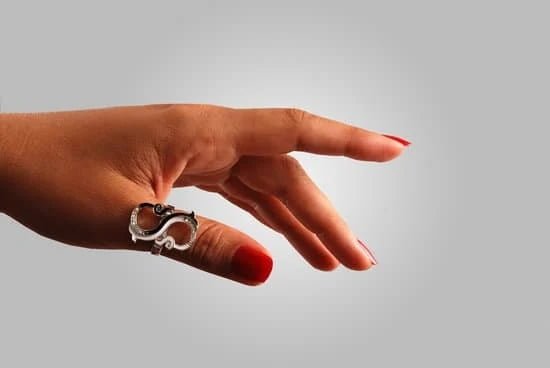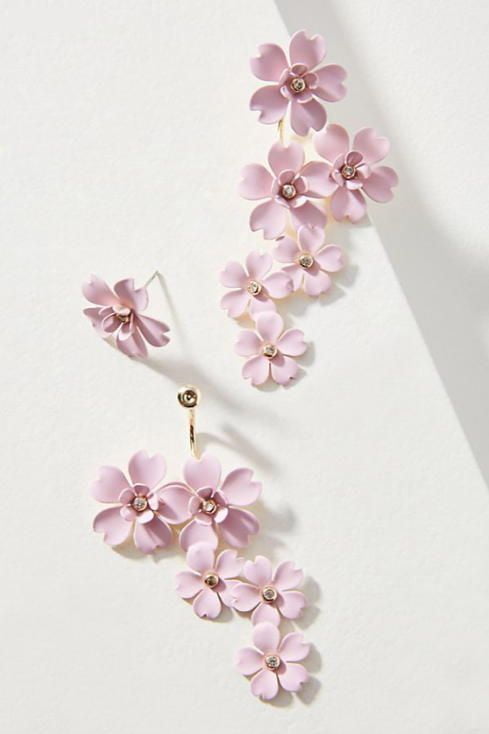Introduction
Jewelry is an essential and popular fashion item for all genders, ages, and cultures. They can range from simple and minimal pieces to complex and expensive couture-level designs. Depending on the materials used, some pieces of jewelry are prone to turning green or black over time due to their reaction with the natural oils on your skin. In this blog post, we’ll explore why this happens, as well as how you can prevent jewelry from discoloring your skin.
Common Misconceptions
Misconception 1: Cheap jewelry will turn your skin green. This is simply not true. In fact, many pieces of cheap jewelry are made using high-quality and durable materials that won’t turn the skin green after being worn for a long time.
Misconception 2: Any metal has the potential to turn your skin green. While some metals such as copper, brass, and bronze may cause a color change if exposed to water or sweat consistently over a period of time, other metals such as sterling silver, gold, white gold, platinum and stainless steel do not have any reaction with human skin.
Misconception 3: Many people believe that wearing jewelry on certain parts of the body will cause it to turn green faster due to higher temperature zones. However, this is also false as any area of the body can experience discoloration from jewelry regardless of where it is placed on the body.
Different Metals
Yes, some jewelry can turn your skin green. Jewelry containing certain metals like copper, nickel and bronze are more likely to cause a reaction with the acid and oils found in your skin. If this happens, it may result in a green discoloration on the area of contact. Silver jewelry can also become slightly tarnished in color after prolonged exposure to the acid-base levels of human sweat.
Different metals have different reactions and are more or less prone to causing a green discoloration on the skin when worn. For example, silver is known for its consistent flawless finish and will not typically cause any issues when it comes to discoloration of the skin. Silver plated jewelry with cost effective base metals such as copper or brass are more prone to oxidizing due to their conductive qualities however, so you should make sure that is clearly stated if purchasing from an online retailer or manufacturer. Gold is considered relatively hypoallergenic and becoming somewhat of an industry standard due to its durability and lack of off-gassing reactions – although higher grade karats such as 18k and above are much better quality than 10k gold which can often be mixed with alloying compounds like copper that could potentially lead to increased risks of skin irritation or discoloration. Stainless steel has properties similar to gold but is non-corrosive and still generally safe for contact with the skin – just don’t expect it to keep its shine forever as it will still eventually tarnish over time due to everyday wear and tear!
Causes of Jewelry Turning Skin Green
Green discoloration on the skin is caused by metals reacting with the oils in your skin. It can happen when two different types of metal come in contact with one another, such as silver and copper or silver and brass. Sweat and humidity can also contribute to this reaction, as metals are porous and absorb moisture from the air. This process is called oxidation, and it happens when chemicals react with oxygen to form new substances. Other environmental factors like swimming with jewelry on or contact with soap or salt water can also contribute to jewelry turning skin green. Certain elements will react more quickly to your skin chemistry than others including nickel, brass, and sterling silver. However, most people won’t turn green from wearing either gold or platinum because they rarely cause a reaction from the oils in our skin.
Preventative Measures
1. Stay away from cheap, low quality jewelry that contains metals that are prone to oxidation such as copper and nickel.
2. Prior to wearing jewelry, apply a clear nail polish or a thin layer of oil (e.g. jojoba oil) on the surface of the metal component to help reduce skin contact with it and help retain its original appearance for longer periods.
3. Before putting on jewelry, make sure your skin is free from lotions and body oils that accelerate oxidation process leading to discoloration in some metals.
4. Avoid swimming or taking showers with jewelry on as chlorine water can accelerate tarnishing process of some metals which may eventually cause skin discoloration around the area where they are worn.
5. Clean and store your jewelry in a container filled with dry cotton cloth to avoid oxidation due to contact with humid air and/or other elements that could potentially turn your skin green over time.
6. Opt for high quality gold-filled or sterling silver jewelry if you don’t want have issues with tarnishing, rusting, staining, etc., and reducing likelihood of developing greenish hue on the area where they are worn when exposed over an extended period of time .
Benefits to Jewelry Turning Skin Green
Yes, jewelry can turn skin green, and while this may seem like a reason to avoid wearing certain pieces of jewelry, there are actually some unique benefits to it. For one thing, jewelry turning skin green can be used to make a fashion statement and create an original look that sets you apart from everyone else. Jewelry turning green can also be an attractive contrast when paired with lighter or brighter colors. One thing to watch out for is that the dyes used in costume jewelry may transfer easily onto the skin if it isn’t kept away from moisture. However, more expensive pieces of jewelry are usually coated with a type of sealant that has greater resistance to color transfer. So if you want to try out green-ish hues on your skin from the comfort of your home using various types of jewelry, feel free!
Examples
The most common examples of jewelry that can leave a person’s skin with a green tint are rings made from metals like copper, bronze and brass. Other examples include necklaces, earrings and bracelets made from alloys containing these metals in combination with other materials like nickel or silver. Low quality jewelry items such as inexpensive costume jewelry often contain large amounts of nickel or other acidic substances which can react with normal sweat to cause discoloration of the skin. These jewelry items should be avoided at all costs in order to avoid the chance of a green hue appearing on the skin.
Conclusion
In conclusion, whether or not jewelry will turn your skin green depends on the type of metal used in the make-up of the jewelry. Copper and silver are more likely to cause a reaction than stainless steel or gold. Silver is especially susceptible to developing a tarnish that can cause skin discoloration. Additionally, when wearing jewelry of any kind it is important to use products such as wet wipes for cleaning the jewelry frequently and to consider avoiding certain body lotions, colognes, and perfumes when wearing jewelry. For further reading, we recommend visiting websites such as Refinery29 and GemSelect which provide more information on selecting quality pieces of jewelry that won’t turn your skin green.

Welcome to my jewelry blog! My name is Sarah and I am the owner of this blog.
I love making jewelry and sharing my creations with others.
So whether you’re someone who loves wearing jewelry yourself or simply enjoys learning about it, be sure to check out my blog for insightful posts on everything related to this exciting topic!





